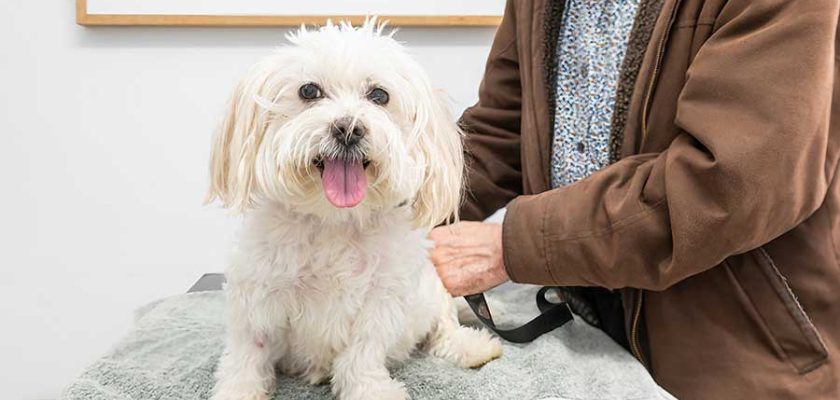If your dog is limping, struggling to stand, or avoiding activity, they may have suffered a cranial cruciate ligament (CCL) tear—one of the most common orthopedic injuries in dogs. Tibial Plateau Leveling Osteotomy (TPLO) surgery is the gold standard treatment for repairing a ruptured cruciate ligament, but how do you know if your dog actually needs it?
At Sandringham Veterinary Hospital, we specialize in diagnosing and treating CCL injuries, helping your dog regain mobility and live pain-free. Here’s what you need to know about when TPLO surgery is necessary.
Signs That Your Dog May Need TPLO Surgery
If your dog has a CCL tear, they may show one or more of the following symptoms:
- Limping or Lameness – Most dogs with a CCL tear will avoid putting weight on the affected leg.
- Difficulty Standing Up or Sitting – A torn ligament makes it painful to rise from a resting position.
- Swelling Around the Knee Joint – Inflammation is common after a ligament rupture.
- “Toe-Touching” Gait – Dogs often keep their toes on the ground but avoid full weight-bearing.
- Clicking or Popping Sounds in the Knee – This can indicate joint instability.
- Progressive Worsening of Symptoms – A partial tear can worsen over time, leading to a full rupture.
If your dog is showing any of these signs, schedule an appointment at Sandringham Veterinary Hospital for an evaluation.
How Is a Cruciate Ligament Tear Diagnosed?
Our veterinarians will perform:
- A Physical Examination – Checking for knee instability and pain.
- Palpation Tests – Identifying abnormal movement, such as the “drawer sign”, which confirms a ruptured ligament.
- X-Rays – Evaluating joint health and ruling out other causes of lameness.
- Advanced Imaging (If Needed) – MRI or ultrasound for complex cases.
Does My Dog Need TPLO Surgery?
Not every CCL tear requires surgery, but TPLO is recommended for:
Large or Active Dogs: Medium to large-breed dogs (e.g., Labradors, Rottweilers, German Shepherds) put more stress on their knees, making surgery the best option for long-term recovery
Dogs with Complete Ligament Ruptures: If the ligament is fully torn, the knee is unstable, and surgery is the only way to restore normal function.
Dogs That Have Not Improved with Conservative Management: Small dogs and partial ligament tears may improve with rest, pain management, and physiotherapy. However, if symptoms persist or worsen, surgery becomes necessary.
Dogs Experiencing Secondary Joint Damage: A torn CCL often leads to arthritis, meniscus damage, and chronic pain. TPLO surgery helps prevent further joint deterioration.
Why TPLO Is the Best Surgical Option
Unlike in humans (where ligament replacement is common), dogs’ knees do not respond well to ligament grafts. Instead, TPLO surgery changes the way the knee works, eliminating instability without affecting natural leg movement.
- Works for dogs of all sizes
- Permanent solution with a high success rate
- Faster recovery compared to other surgical techniques
- Reduces the risk of arthritis and long-term pain
What Happens If My Dog Doesn’t Get Surgery?
Without surgery, dogs with complete CCL ruptures often develop:
- Chronic pain due to continued joint instability
- Severe arthritis and long-term mobility issues
- Muscle loss in the affected leg
- Injury to the opposite knee, as dogs compensate for the weak leg
Call Sandringham Veterinary Hospital today to book an appointment!

